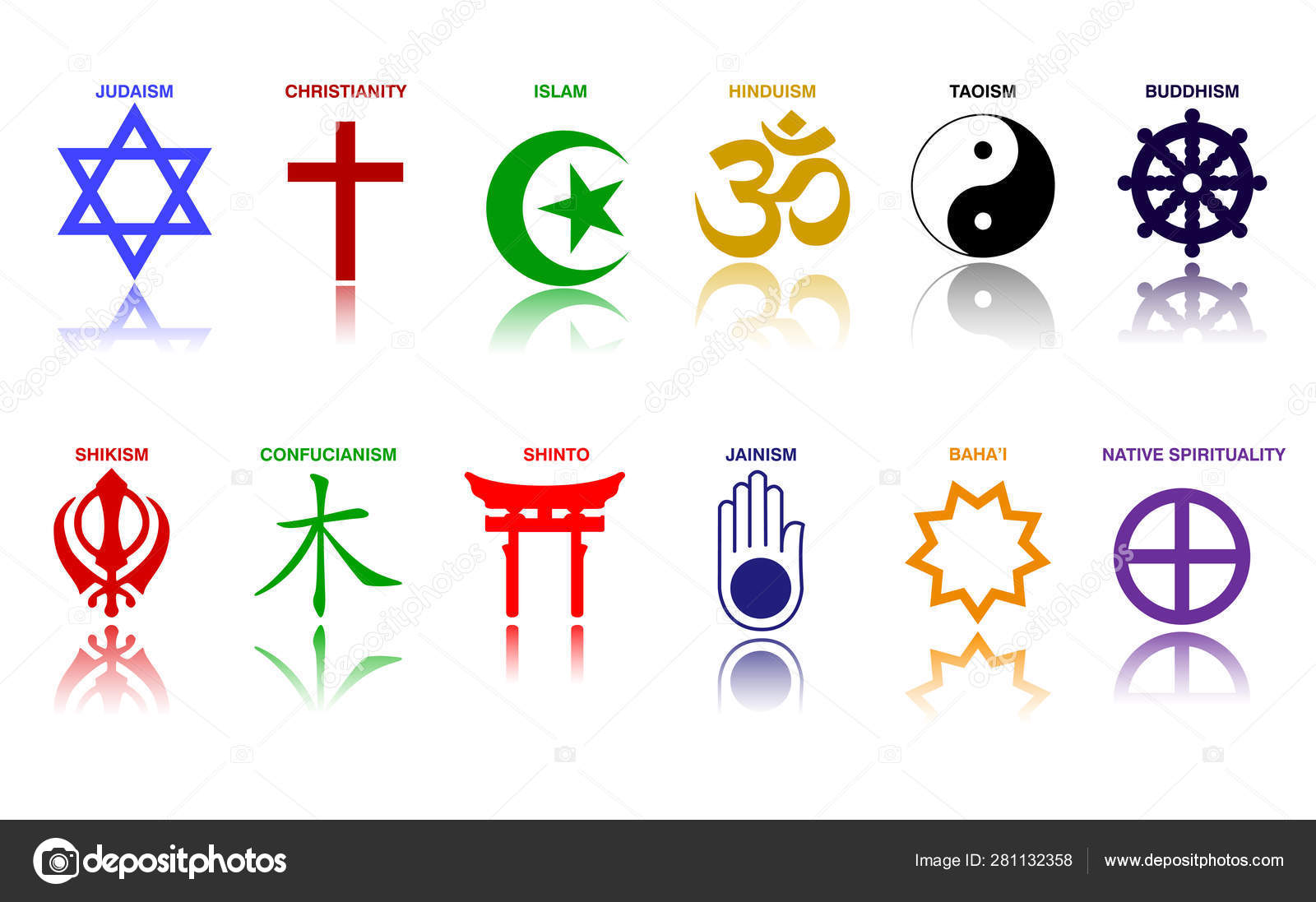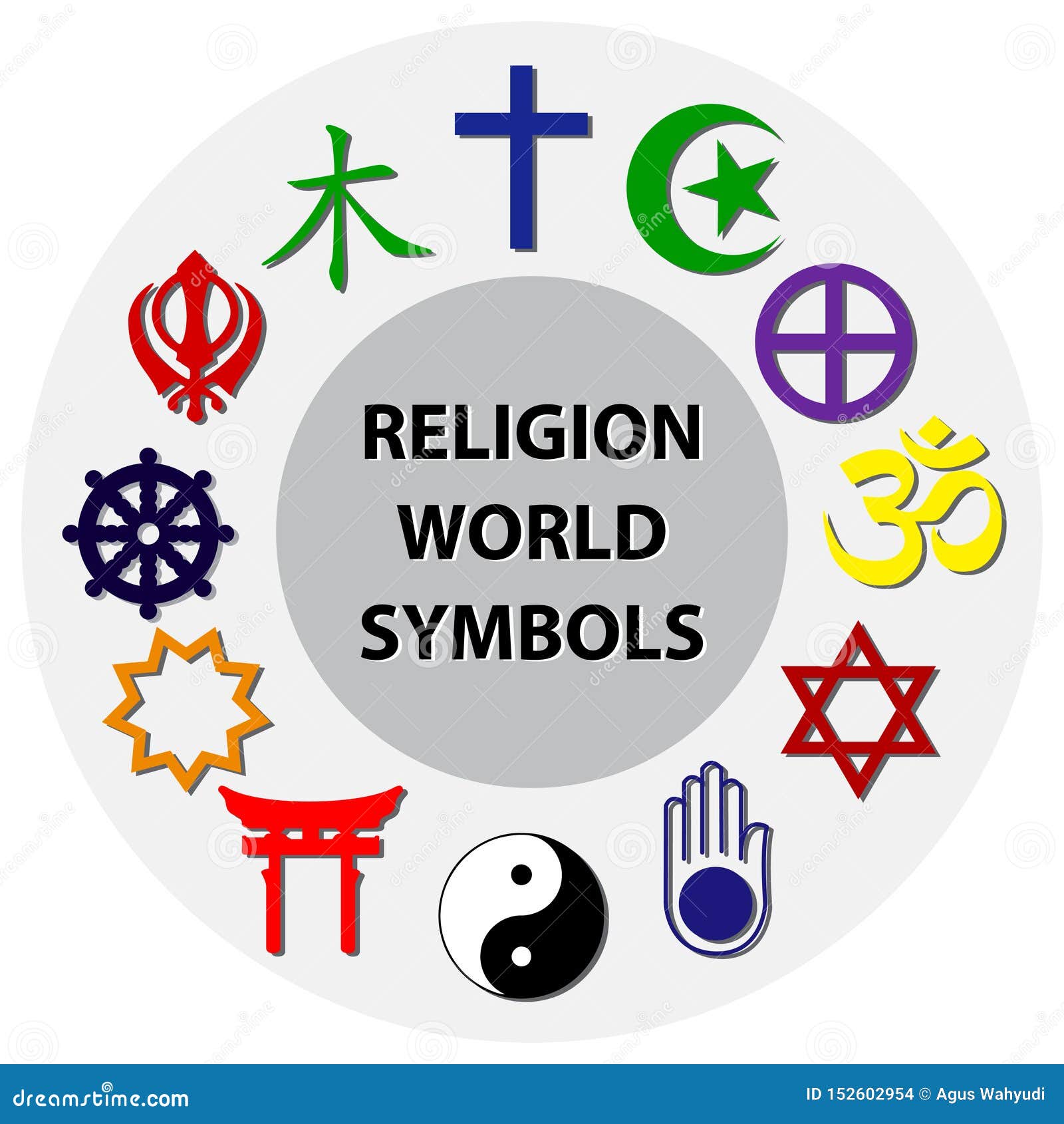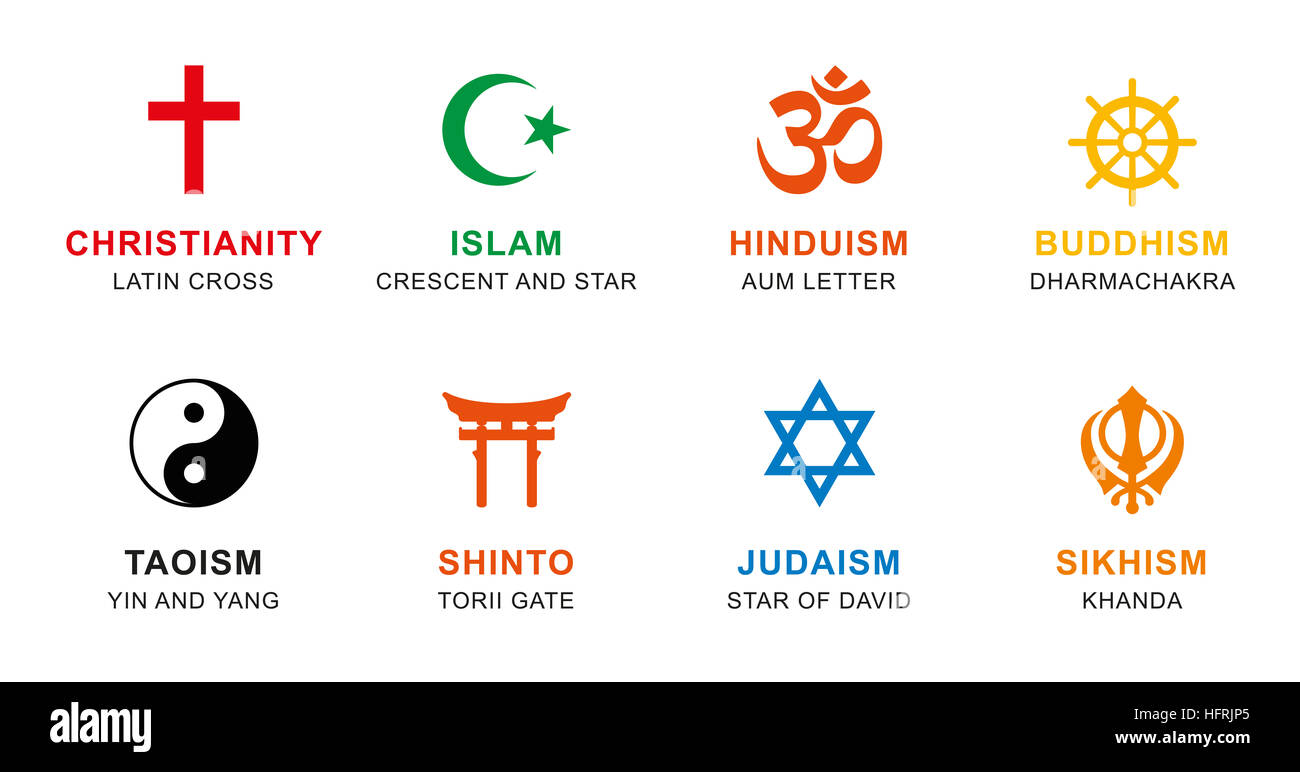Exploring Faith: What Is The Religion Of Iran?
Iran, a nation steeped in ancient history and vibrant culture, often sparks curiosity about its spiritual landscape. When pondering the question, "What is the religion of Iran?", one discovers a rich, complex tapestry woven from centuries of diverse beliefs, deeply influencing its society, politics, and daily life. From the echoes of ancient Zoroastrian hymns to the dominant call to prayer of Shia Islam, the country's religious identity is multifaceted, shaped by conquests, empires, and profound spiritual movements. Understanding this intricate mosaic is key to grasping the essence of modern Iran.
The religious identity of Iran is far from monolithic. While a specific branch of Islam holds official state status, the nation is also home to significant minority faiths that have coexisted for millennia, each contributing to the unique character of the Iranian plateau. This article delves into the various religious currents that define Iran, exploring their historical roots, their present-day status, and the constitutional framework that governs religious life in this fascinating country.
Table of Contents
- The Official State Religion: Twelver Shia Islam
- The Twelver Ja'fari School
- A Tapestry of Faiths: Sunni Muslims in Iran
- Ancient Roots: Zoroastrianism, Christianity, and Judaism
- The Bahá’í Faith: A Unique Iranian Origin
- Religious Freedom and Constitutional Mandates
- The 1979 Islamic Revolution and its Impact
- The Unique Religious Landscape of Iran
- Historical Evolution of Religion in Iran
- Religious Demographics: A Snapshot
- Balancing Tradition and Modernity
- Conclusion: A Nation Defined by Faith
The Official State Religion: Twelver Shia Islam
When asking "What is the religion of Iran?", the immediate and most prominent answer is Islam, specifically the Shia branch. The vast majority of Iranians are Muslims of the Ithnā ʿasharī, or Twelver, Shiʿi branch, which is the official state religion. This dominance is not merely a demographic fact but a foundational element of the Iranian state and its identity. Shia Islam became the state religion of Iran during the Safavid dynasty in the early 16th century. This historical pivot was monumental, profoundly influencing Iranian culture, art, literature, and governance for centuries to come. Since then, it has deeply influenced Iranian culture, art, literature, and governance, creating a distinct national character that sets it apart from many of its Sunni-majority neighbors.
- Prince William Reportedly Holds A Grudge Against Prince Andrew
- Berigalaxy
- Sophie Rain Spiderman Video Online
- Sean Lennon Young
- All Lshub
Present Iran is an Islamic Republic, and its constitution mandates that the official religion of Iran is Islam and the Twelver Ja’fari school. This constitutional declaration underscores the central role of this specific branch of Islam in the nation's legal and political framework. The unique position of Twelver Shia Islam in Iran makes it the only country in the world where this particular branch is the official state religion. This distinction shapes everything from public holidays and legal codes to the very structure of the government, where religious scholars hold significant power and influence.
The Twelver Ja'fari School
The Twelver Ja'fari school is the largest branch of Shia Islam, named after the twelfth Imam, Muhammad al-Mahdi, who Twelvers believe is in occultation and will return as the Mahdi. This belief system is deeply ingrained in the spiritual life of most Iranians today. The constitution not only mandates the Twelver Ja'fari school as the official religion but also mandates that other Islamic schools be accorded full respect, and that their followers are free to act in accordance with their own jurisprudence in performing their religious rites. This provision, while acknowledging the supremacy of the Twelver school, also attempts to provide a framework for the coexistence of different Islamic interpretations within the state, highlighting a nuanced approach to religious regulation in Iran.
A Tapestry of Faiths: Sunni Muslims in Iran
While the majority of Iranians identify as Shia Muslims, it's crucial to acknowledge the significant presence of Sunni Muslims, who constitute the largest Muslim minority. Iran is a predominantly Shi'ite country where Sunnis and Sufis are minority Muslim communities. The Kurds and Turkmen are predominantly Sunni Muslims, forming distinct cultural and ethnic groups within the nation's borders. Iran’s Arabs, found primarily in the southwestern regions, are both Sunni and Shiʿi, reflecting a more diverse religious composition within that ethnic group. These communities, though smaller in number compared to the Shia majority, are integral to the country's diverse religious landscape. Their presence underscores that the answer to "What is the religion of Iran?" is not exclusively Shia Islam, but a broader Islamic identity that includes Sunni traditions.
- Jess Brolin
- Chance Brown Net Worth
- Seo Rank Tracking Software With Tasks
- Is Jonathan Roumie Married
- Images Of Joe Rogans Wife
The constitutional recognition of other Islamic schools, as mentioned earlier, theoretically extends to Sunni jurisprudence, allowing Sunni Muslims to practice their faith according to their own interpretations. However, despite these constitutional provisions, Sunni communities often face challenges, including limited representation in higher political and religious offices and perceived discrimination in certain areas. Understanding these dynamics is crucial for a complete picture of religious life in Iran, moving beyond simple demographic figures to explore the lived experiences of its diverse Muslim population.
Ancient Roots: Zoroastrianism, Christianity, and Judaism
Long before Islam arrived, Iran was home to other profound spiritual traditions that continue to exist today. The history of religious minority politics and rights in Iran dates back to the early periods of the ancient Persian Empire. With the passage of time, expansion of the empire led to increased religious pluralism that necessitated official religious tolerance and accommodation. This historical precedent is vital for understanding the enduring presence of non-Islamic faiths. The first official religion of Iran was Zoroastrianism, an ancient monotheistic faith that originated in the Iranian plateau. The best and main source of knowing this religion is an ancient book known as Avesta. In the oldest section of Avesta that is attributed to Zoroaster himself, and is known as Gahan, Zoroaster teaches his followers that there is only one god, Ahura Mazda. Zoroastrianism profoundly influenced later Abrahamic religions and remains a revered part of Iran's heritage, with small communities still practicing the faith today.
Christianity in Iran (Persia) dates back to the early years of the religion. Through this time, the Christian faith has always been followed by a minority of the population of Iran under its different state religions. Similarly, Jewish communities have a long and storied history in Iran, tracing their presence back to ancient times. Small communities of Christians, Jews, and Zoroastrians are also found throughout the country. These groups, alongside the dominant Shia Islam and minority Sunni Islam, paint a comprehensive picture of what is the religion of Iran. Importantly, the Jewish, Christian, and Zoroastrian religions have reserved seats in parliament, as they are officially major religious minorities. This constitutional recognition highlights a unique aspect of Iran's political system, acknowledging the historical depth and continued presence of these ancient faiths within a modern Islamic state.
The Bahá’í Faith: A Unique Iranian Origin
Among the diverse religious landscape of Iran, the Bahá’í Faith stands out as a significant minority religion, unique in its origins. It originated in Iran less than 200 years ago, making it a relatively new spiritual movement compared to the ancient faiths. However, it is not a branch of Islam, which is a crucial distinction. The Bahá’í Faith believes in a unity of humanity and religion and the teachings of its founder, Baháʼu'lláh. This universalist message, emphasizing the oneness of God, the unity of religions, and the unity of humanity, has resonated with followers worldwide.
Despite its Iranian origins and its peaceful tenets, the Bahá’í community in Iran faces severe discrimination and oppression. Unlike the constitutionally recognized Christian, Jewish, and Zoroastrian minorities, the Bahá’í Faith is not recognized by the Iranian state. Its followers are often denied access to higher education, employment, and face persecution, imprisonment, and even execution. This stark contrast in treatment highlights the complexities and challenges of religious freedom in Iran, making the answer to "What is the religion of Iran?" not just about what is officially recognized, but also about what is tolerated and what is suppressed.
Religious Freedom and Constitutional Mandates
The Iranian constitution, while declaring Twelver Shia Islam as the official religion, also includes provisions regarding religious freedom. The constitution allows for religious freedom, but some groups face discrimination and oppression. As noted, it mandates that other Islamic schools be accorded full respect, and that their followers are free to act in accordance with their own jurisprudence in performing their religious rites and recognizes Zoroastrian, Jewish, and Christian communities. This framework attempts to balance the supremacy of the official state religion with the rights of recognized minorities.
However, the practical application of these constitutional rights is often a subject of international scrutiny and concern. While the recognized minorities have reserved seats in parliament and are generally permitted to practice their faiths, their freedoms are not absolute and are subject to the overarching framework of the Islamic Republic. For unrecognized groups, particularly the Bahá’ís, the situation is far more precarious, with their rights severely curtailed. This duality presents a complex picture of religious freedom, where legal provisions exist but are selectively applied, influencing the daily lives and opportunities of religious adherents across the country. Understanding these nuances is essential for a complete answer to "What is the religion of Iran?" and its implications for its citizens.
The 1979 Islamic Revolution and its Impact
Iran’s 1979 Islamic Revolution was a defining event that profoundly changed the relationship between religion and modernity in the country. Ayatollah Khomeini’s mass mobilization of Islam showed that religion could be a powerful force for political change, challenging Western notions of secularization. Since the Islamic Revolution of 1979, the Islamic government has implemented strict religious laws throughout Iranian society. This includes the enforcement of Islamic dress codes, restrictions on social activities, and the integration of Islamic jurisprudence into the legal system. The revolution solidified the position of Twelver Shia Islam as the ultimate authority, transforming Iran into an Islamic Republic where religious scholars play a pivotal role in governance.
This post-revolution landscape has led to significant societal shifts and, for many, a critique of the oppressive nature of the Islamic government. Dissent is also widespread among the Iranian populace, reflecting a dynamic tension between state-imposed religious norms and individual freedoms. The revolution fundamentally reshaped the answer to "What is the religion of Iran?" by making it synonymous with the state's identity and its legal framework, leading to both deep spiritual adherence among many and significant challenges for others who seek greater personal and religious liberties.
The Unique Religious Landscape of Iran
Iran's religion is quite unique, considered that it is the only country in the world where Shia Islam is the official religion. This distinct characteristic sets it apart from the majority of the Islamic world, which is predominantly Sunni. This uniqueness extends beyond just the official religion; Iran has a rich history of religions, reflecting its ancient history and vibrant culture. Dominated by Shia Islam, the nation’s spiritual life also preserves the teachings of Zoroastrianism, one of the world’s oldest faiths, alongside the enduring presence of Christian and Jewish communities. This blend of ancient and relatively newer faiths, all existing within the framework of an Islamic Republic, makes Iran's religious landscape exceptionally complex and fascinating.
Historical Evolution of Religion in Iran
Religion in Iran has been shaped by multiple religions and sects over the course of the country's history. The Iranian religions, also known as the Persian religions, are, in the context of comparative religion, a grouping of religious movements that originated in the Iranian plateau, which accounts for the bulk of what is called Greater Iran. This historical evolution began with Zoroastrianism in ancient Persia, followed by Sunni Islam in the Middle Ages after the Arab conquest, then Shia Islam since the Safavid conversion of the 15th century. This layered history means that the spiritual DNA of Iran is incredibly rich, with each era leaving its indelible mark on the nation's collective consciousness. The continuous interplay of these historical religious shifts provides a deeper understanding of what is the religion of Iran today, not as a static entity, but as a continuously evolving spiritual journey.
Religious Demographics: A Snapshot
Islam is the official religion in Iran which has the most populated group of followers in this country, with the proportion of 99.6% of the whole country. Again, the proportion of Shia Muslims forms the overwhelming majority within this figure. Government estimates the population at 85.0 million (midyear 2020 estimate), making the vast majority of its citizens adherents of Shia Islam. While the numerical dominance of Shia Islam is undeniable, the presence of Sunni Muslims, Christians, Jews, and Zoroastrians, even in smaller numbers, signifies a diverse religious fabric. The Bahá’í faith is a significant minority religion in Iran, though not officially recognized. These demographics highlight that while the question "What is the religion of Iran?" primarily points to Shia Islam, it also encompasses a significant array of other beliefs that contribute to the nation's unique spiritual identity.
Balancing Tradition and Modernity
The interplay between deep-rooted religious traditions and the aspirations of a modern society is a constant dynamic in Iran. Many Iranians have critiqued the oppressive nature of the Islamic government, as it has implemented strict religious laws throughout Iranian society since the Islamic Revolution of 1979. This has led to a societal tension, where the state's strict interpretation of Islamic law often clashes with the desire for greater personal freedoms and a more open society. The youth, in particular, often navigate this complex landscape, seeking ways to reconcile their faith with modern global influences. The ongoing discourse about what it means to be Iranian, and how religious identity should shape national life, continues to evolve. This ongoing negotiation between tradition and modernity is a crucial aspect of understanding the contemporary answer to "What is the religion of Iran?" and its impact on the daily lives of its people.
Conclusion: A Nation Defined by Faith
In conclusion, the question "What is the religion of Iran?" leads us to a fascinating and intricate answer. At its core, Iran is an Islamic state where Shia Muslims, specifically the Twelver branch, are the dominant group and the official state religion. This status, solidified during the Safavid dynasty and reinforced by the 1979 Islamic Revolution, deeply permeates every aspect of Iranian life, from its governance and legal system to its rich culture and arts. The proportion of Shia Muslims is overwhelming, making up the vast majority of the country's population.
However, the narrative doesn't end there. Iran is also a land of ancient faiths and diverse communities. Sunni Muslims, particularly among the Kurds and Turkmen, form a significant minority. Furthermore, small but historically profound communities of Christians, Jews, and Zoroastrians continue to thrive, recognized by the constitution and holding reserved seats in parliament. The Bahá’í Faith, though originating in Iran, faces severe challenges due to its unrecognized status. This complex tapestry of beliefs, shaped by millennia of history, conquests, and spiritual movements, makes Iran's religious landscape truly unique on the global stage.
Understanding the layers of religious identity in Iran—from its official Shia Islamic foundation to its vibrant mosaic of minority faiths—is essential for appreciating the nation's past, present, and future. It's a country where faith is not just a personal belief but a defining characteristic of its national identity. We hope this comprehensive exploration has shed light on the multifaceted answer to "What is the religion of Iran?" If you found this article insightful, please consider sharing it with others who might be curious about this fascinating topic. Your comments and questions are always welcome, and we encourage you to explore other articles on our site for more in-depth analyses of global cultures and societies.
- Chuck Woolery
- Selcuksports
- Jonathan Roumie Partner
- Abby And Brittany Hensel Died
- How Tall Is Al Pacino In Feet

World religion symbols colored signs of major religious groups and

World Religion Symbols Colored Signs of Major Religious Groups and

Religion Symbols Cut Out Stock Images & Pictures - Alamy